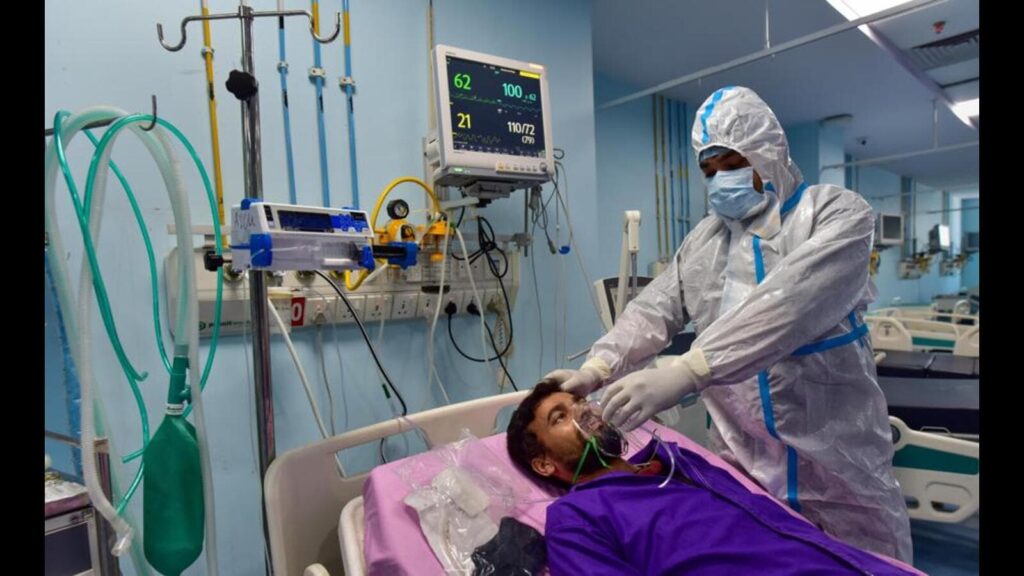Even as India continues to debate the extent of poverty, there is consensus among economists that a large number of India’s non-poor live on the boundaries of poverty. It takes only one shock to send them below the threshold. Adverse income or spending shocks due to ill health is one of the biggest culprits on this front. The worsening climate crisis and rising pollution levels in large parts of the country will only worsen this. This fact makes the affordability of health services more than a normative issue in the country.
While health infrastructure, both material and human, continues to remain inadequate in the country, it is heartening that we have been making slow but steady progress on this front thanks to governments, more the Centre than the states, increasing spending on health. Data from the National Health Account (NHA) 2019-20 — released on Tuesday — is another confirmation of this trend. India’s per capita spending on health in real terms, the NHA numbers show, reached its highest level in 2019-20. While this is a result of both government and private spending rising, the other welcome trend of a falling share of out-of-pocket (OOP) health spending — this is what hurts the poor the most — also continues. We still need to push the envelope further on government spending on health, which remains less than 1.5% of the Gross Domestic Product. However, it is interesting that the Centre has also tweaked the policy approach to target some low-hanging fruits to bring down OOP health spending. Putting price caps on medical devices, promoting pharmacies which sell cheap generic drugs, and a health insurance push among the poor (this would not have been possible without the rapid gains in financial inclusion) are some such examples. To be sure, these are no shortcuts to address the bigger challenge of plugging the supply gap in India’s health infra, which was tested severely during the coronavirus pandemic.
These caveats notwithstanding, what is also heartening is the fact that such policies have also triggered a competition at the state level to make health a critical part of the political pitch during elections. The recent right to health bill by the Congress government in Rajasthan is one such example. Such a reconfiguration in politics is a healthy development in the literal sense of the term.
Enjoy unlimited digital access with HT Premium
Subscribe Now to continue reading


